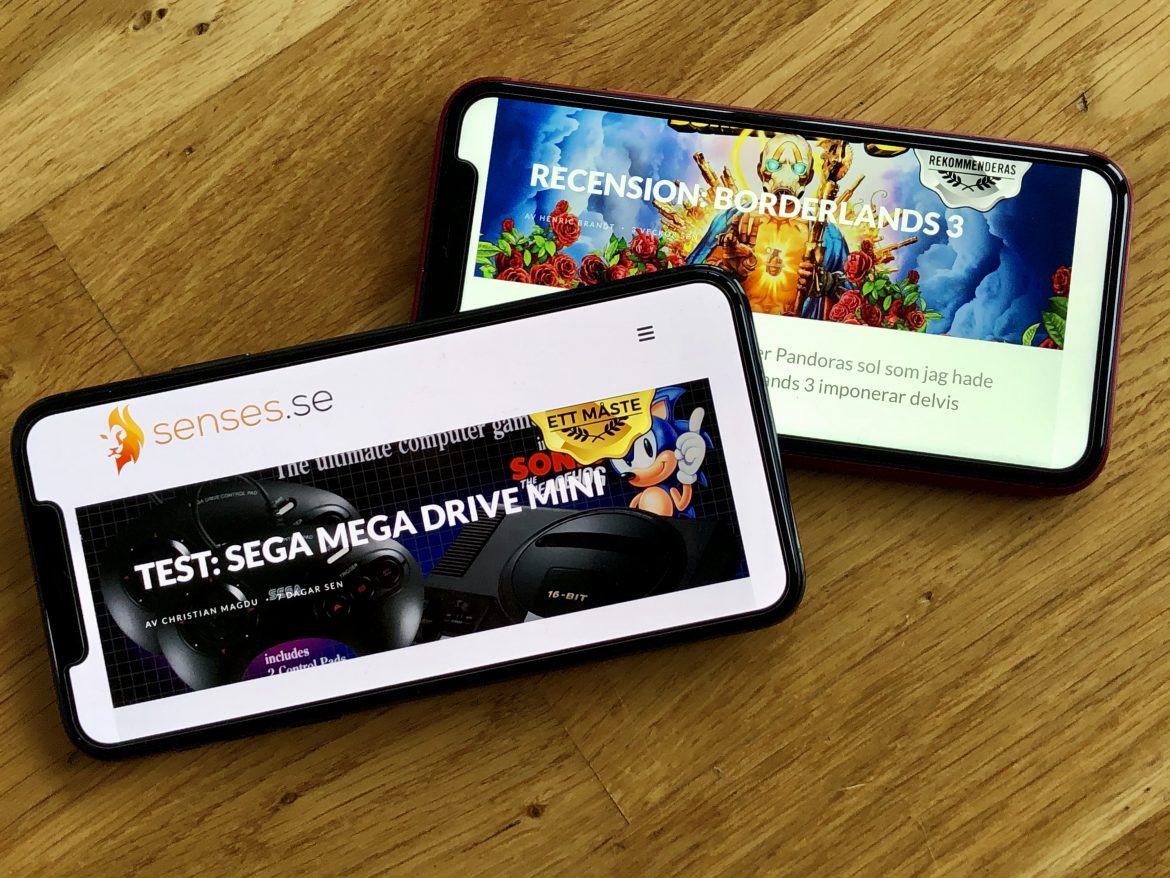TL;DR
The iPhone 11 offers a strong camera with impressive Smart HDR and an automatic Night Mode for great shots in low light. It boasts solid battery life and a powerful A13 Bionic chip, keeping it ahead in performance. However, the LCD screen is a step down from competitors, and the inclusion of a slow 5W charger and the absence of a headphone jack adapter feel like cost-cutting measures. The "Pro" models step up with superior OLED displays and a more advanced triple-camera system. Ready to see if it's the right upgrade for you? Read on for the full review!
The iPhone 11 is here, and we’ve had the opportunity to thoroughly test it, allowing us to share our initial impressions. We will forego an extensive recap of iPhone’s history, and instead focus directly on the key updates, persistent features, strengths, weaknesses, and ultimately, whether the new Apple iPhone 11 models warrant a purchase.
Support senses.se and get the best price on iPhone 11 & iPhone 11 Pro Max.
iPhone 11 – the entry-level model
Following a year of iterative S-models, marked by potentially confusing names like Xs and Xr, Apple has streamlined its naming convention with an entry-level model designated as iPhone 11, aligning with the new generation. This base model is priced slightly lower than its predecessor, the Xr. All iPhone 11 models feature a 6.1″ screen, which is adequately sized. However, it’s equipped with an LCD screen with a resolution of 1792 × 828 pixels at 326 ppi. While the display is functional, the specifications are relatively modest for a premium phone in this price range. Many Android competitors offer at least Full HD, and sometimes 4K displays. Coupled with Apple’s decision to utilize an LCD panel rather than AMOLED, the initial impression may be underwhelming for some users.
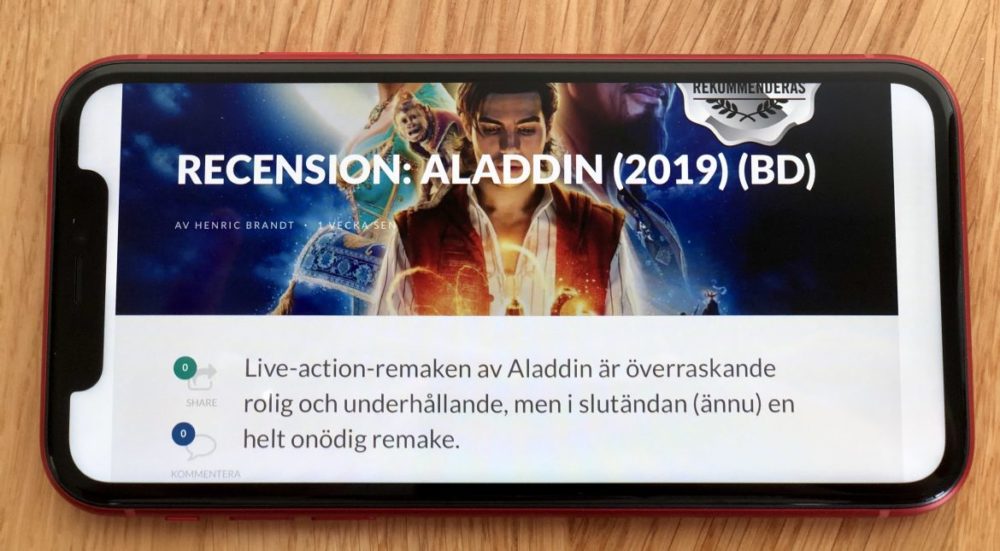
That said, the screen is certainly not poor in quality. Color reproduction remains excellent and vibrant, rivaling the best on the market. Apple’s implementation of HDR further enhances the visual experience with support for both HDR10 and Dolby Vision. Dolby Vision provides a notable improvement to contrast, color accuracy, and overall image quality. This is particularly evident in UHD 4K movies that support the format, which are readily available within Apple’s ecosystem. Movie playback on iPhone continues to be a surprisingly satisfying experience, now amplified by these enhancements.
iPhone 11: A camera beyond the ordinary
The camera system has seen significant improvements. Featuring enhanced optics, 4K video capabilities, and a dual-camera setup consisting of 12MP wide-angle and ultra-wide-angle lenses. Users seeking more advanced camera features should consider the iPhone 11 Pro. The image quality is genuinely impressive: the iPhone 11 captures detailed, vibrant photos with Smart HDR. The “night mode” function automatically brightens dark images, often yielding excellent results. With minimal effort, users can achieve professional-looking photographs simply by selecting the appropriate mode, a suitable subject, and adequate lighting.

Wide angle 
Tele 
Ultrawide angle (Pro Max)

For selfie enthusiasts, the wide-angle lens can be used on the front-facing camera, capturing a broader field of view and creating portrait-like images. The device is also designed to better detect pets for portrait mode. However, we were unable to test this feature due to a lack of suitable subjects in our office.
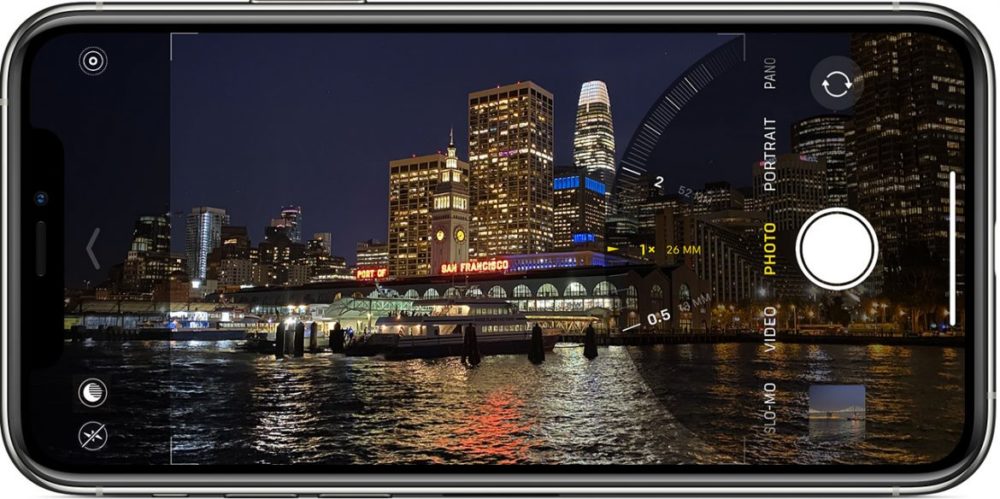
A dated inclusion
While Apple made strides with water resistance a decade ago, the inclusion of a 5W charger with a premium, top-tier phone is disappointing. This outdated charging solution is slow compared to the competition, some of whom ship chargers up to 65W – with phones costing half the price of the iPhone 11 – allowing for significantly faster charging times. iPhone 11 owners are expected to purchase a modern charger separately. This cost-cutting measure reinforces the perception that Apple prioritizes profit margins over providing optimal value to its customers.
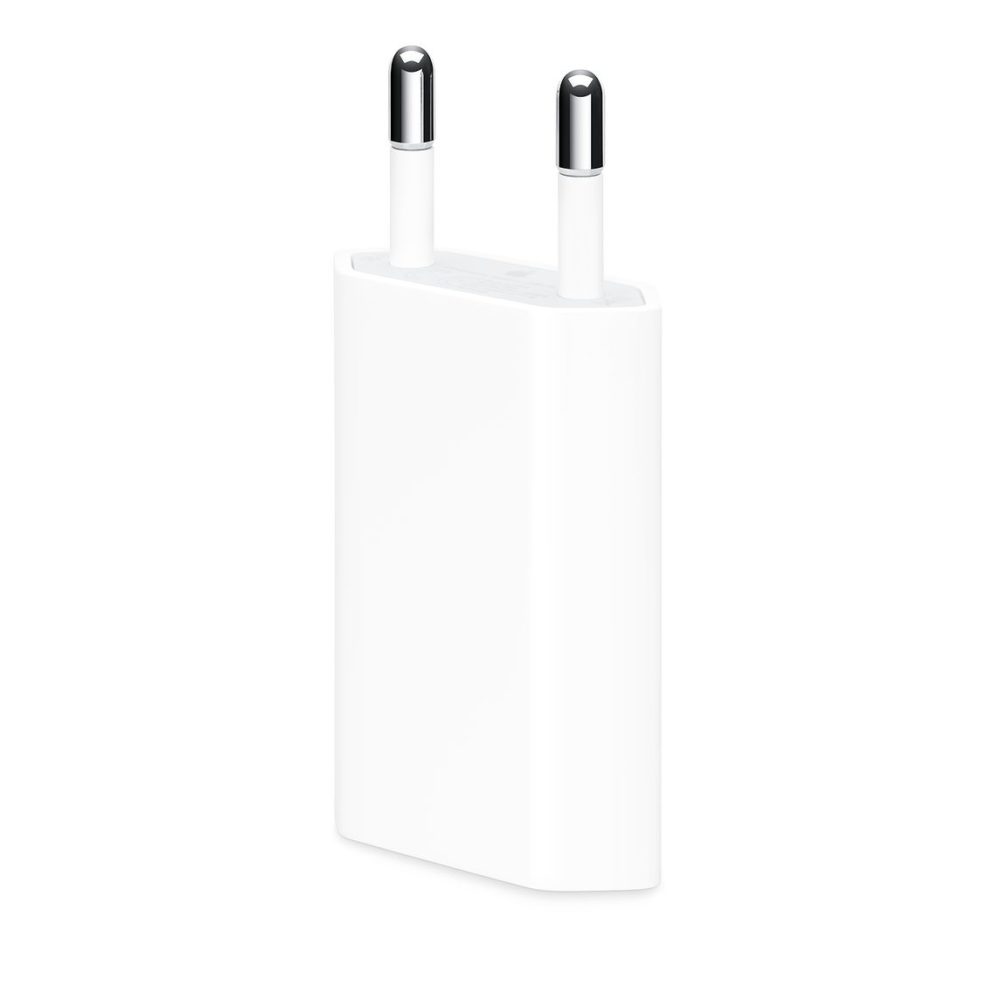
Further emphasizing this frugality, Apple has removed the 3.5mm headphone jack adapter. While wireless headphones have become increasingly prevalent, the omission of a high-resolution codec to fully utilize the audio capabilities of the iPhone 11 is notable. The removal of this inexpensive adapter represents another instance of cost-cutting.
Decent battery life
On a more positive note, the battery life of the iPhone 11 surpasses that of the iPhone XS, which was already an improvement over the iPhone X. The iPhone 11 can reportedly sustain up to 17 hours of video playback (under controlled conditions). In practical usage, a full charge typically lasts throughout a working day, even with relatively heavy use. The combination of a larger battery and more power-efficient technology contributes to this improvement, justifying the 11-gram increase in weight.
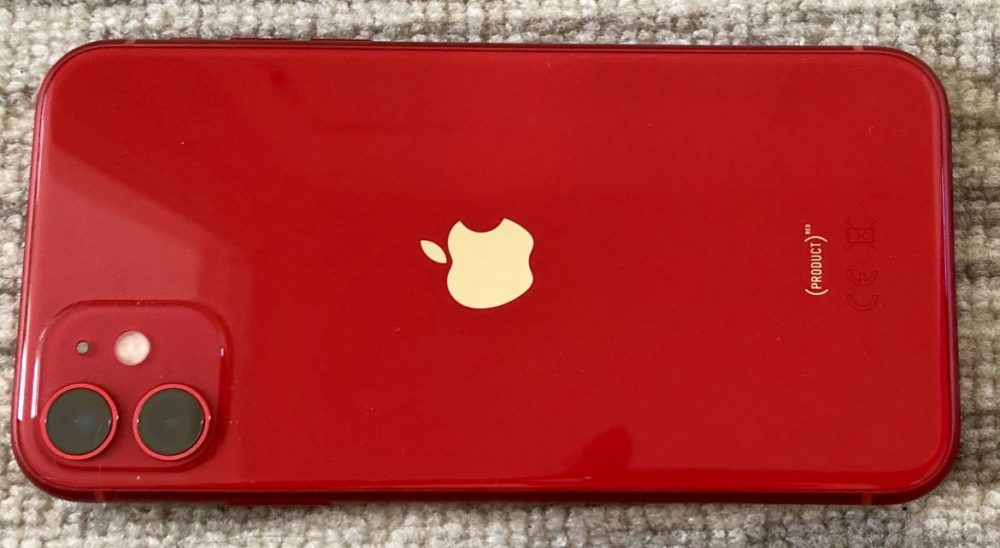
Good sound, but…
iPhones have historically delivered commendable speaker sound for their compact form factor. The iPhone 11 boasts the best speaker sound to date, enhanced by the inclusion of virtual surround sound processing for Dolby Atmos. While the integration of Dolby Atmos, a cinema sound format typically requiring multiple speakers, is noteworthy, its practical utility is limited. Atmos is only effective when audio is played directly through the phone’s speakers. Its real-world application seems niche. While it serves as an impressive demonstration, the added value for the majority of users is questionable.

A more beneficial upgrade would have been the implementation of modern audio codecs for wireless transmission, such as aptX, aptX HD, and LDAC. These codecs significantly improve audio quality in compatible headphones. However, Apple has retained the AAC codec. While functional, AAC lags behind the competition. Android phones typically include these codecs, often allowing users to select their preferred codec. This would have been a more impactful audio enhancement for iPhone users. Instead, Apple has opted for virtual surround sound.
New A13 chip delivers new records
The A13 Bionic chip in the iPhone 11 (and Pro) provides performance gains and improved power efficiency. Geekbench 5 scores reveal impressive results: 5,472 points in single-core and 13,769 points in multi-core tests. These scores surpass the Snapdragon 855 Plus by a significant margin (approximately 70%). Early figures for Huawei’s Kirin 990 indicate performance comparable to the Snapdragon 855, with scores of 3,842 single-core and 11,644 multi-core. Samsung’s Exynos 9825 appears to perform similarly to the previous-generation A12 chip. While these benchmark results are compelling, it is important to acknowledge that they don’t always translate directly into real-world performance. Software optimization and component interaction also play crucial roles (iOS 13 has shown promise, but with existing bugs, users are advised to wait until the 13.1 release). Nevertheless, these figures suggest Apple maintains a lead in theoretical performance.
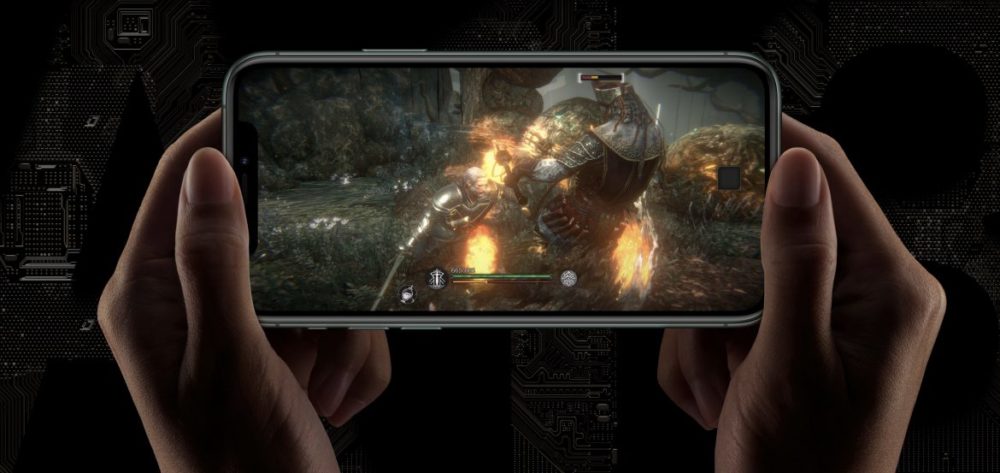
Waterproof and tougher handling?
The iPhone 11 and Pro feature IP68 classification, theoretically enabling them to withstand submersion in two and four meters of water for 30 and 120 minutes, respectively. However, it is crucial to note that Apple’s warranty does not cover water damage. Apple emphasizes that the IP68 rating may degrade over time due to wear and tear, impacts, and drops. Therefore, the water resistance should be regarded as an extra layer of protection, rather than a guarantee of complete waterproof functionality.
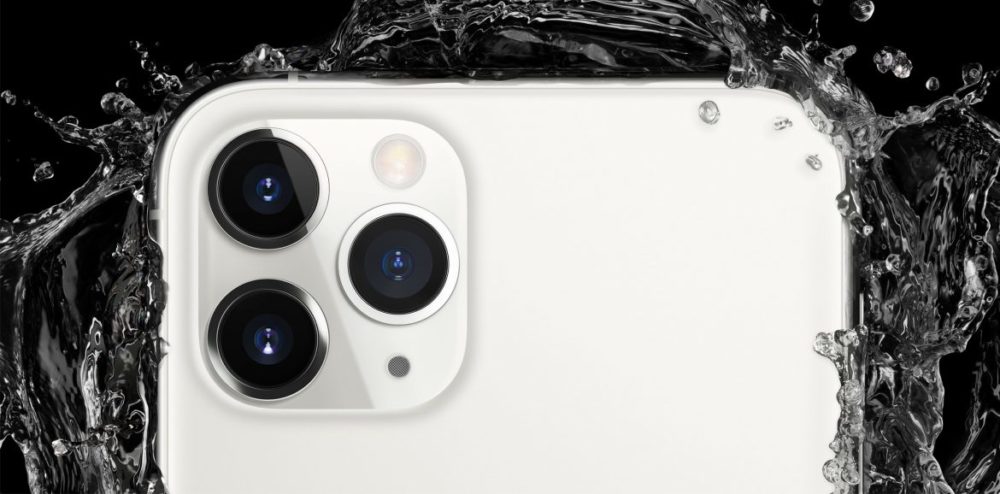
Display damage is a significant revenue stream for Apple and third-party repair shops. This year’s iPhone features improved glass that Apple claims is exclusive to its devices. The iPhone 11 Pro Max has reportedly experienced production challenges related to the glass. Consequently, we recommend using protective cases and screen protectors. ZAGG offers transparent cases (e.g., Piccadilly, 349 SEK) with D3O technology for enhanced drop protection. Their Invisible Shield sub-brand provides easy-to-install screen protectors (Glass Elite VisionGuard+, 349 SEK) featuring antibacterial properties, oil and grease resistance, and EyeSafe technology for reducing harmful blue light without affecting color accuracy.
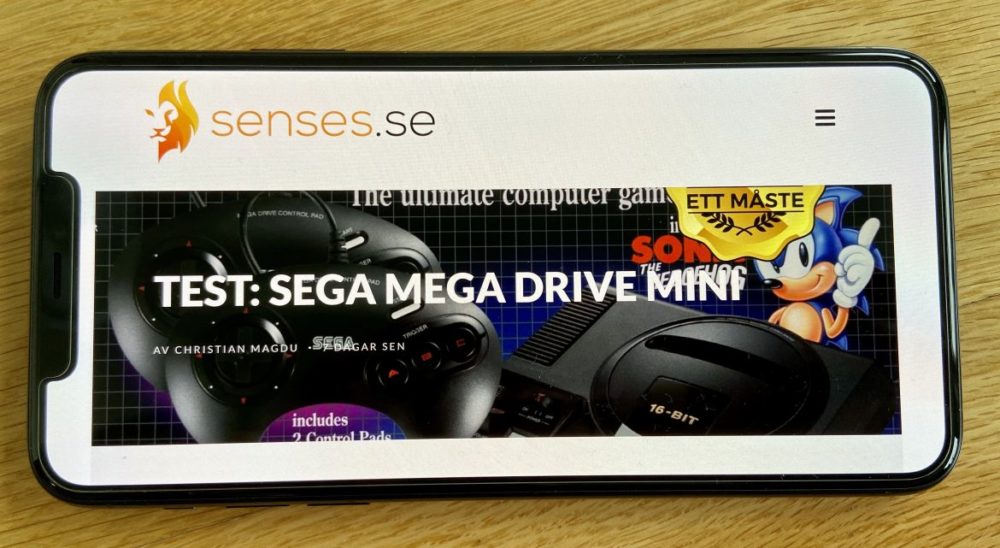
The Gear4 Holborn case (349 SEK) is also noteworthy due to its anti-slip coating, providing improved grip. However, unlike the transparent Crystal Palace case, the Holborn case obscures the phone’s color.
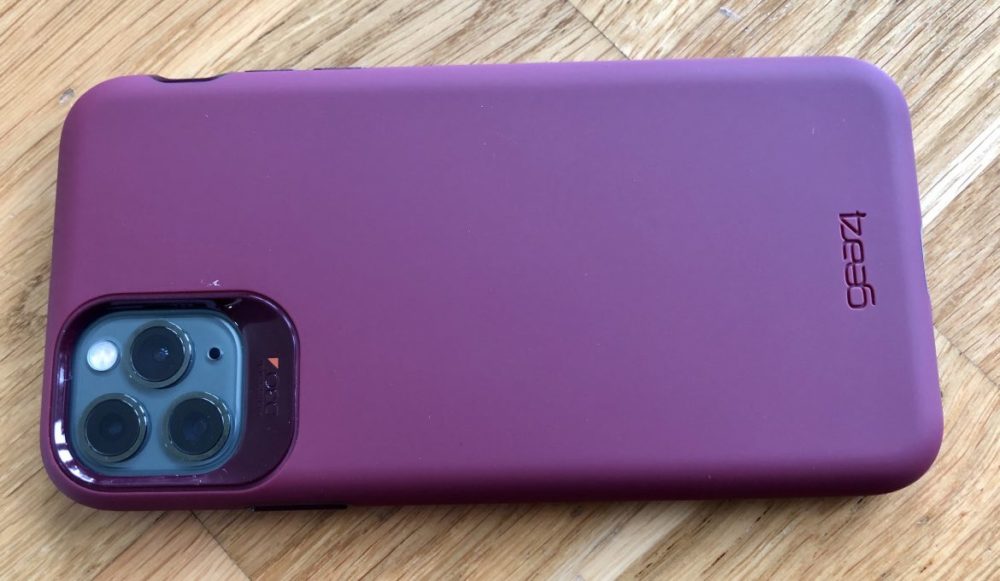

The black notch at the top of the display, introduced with the iPhone X, persists on the iPhone 11. While many Android competitors have implemented more elegant solutions for accommodating the front-facing camera, the notch is not a critical issue. However, given the recurring complaints, Apple might have considered alternative designs.
The iPhone 11 is available in six colors: mint green, RED, yellow, grey, black, and light purple. The red variant supports AIDS research, is visually appealing, and is easily identifiable.
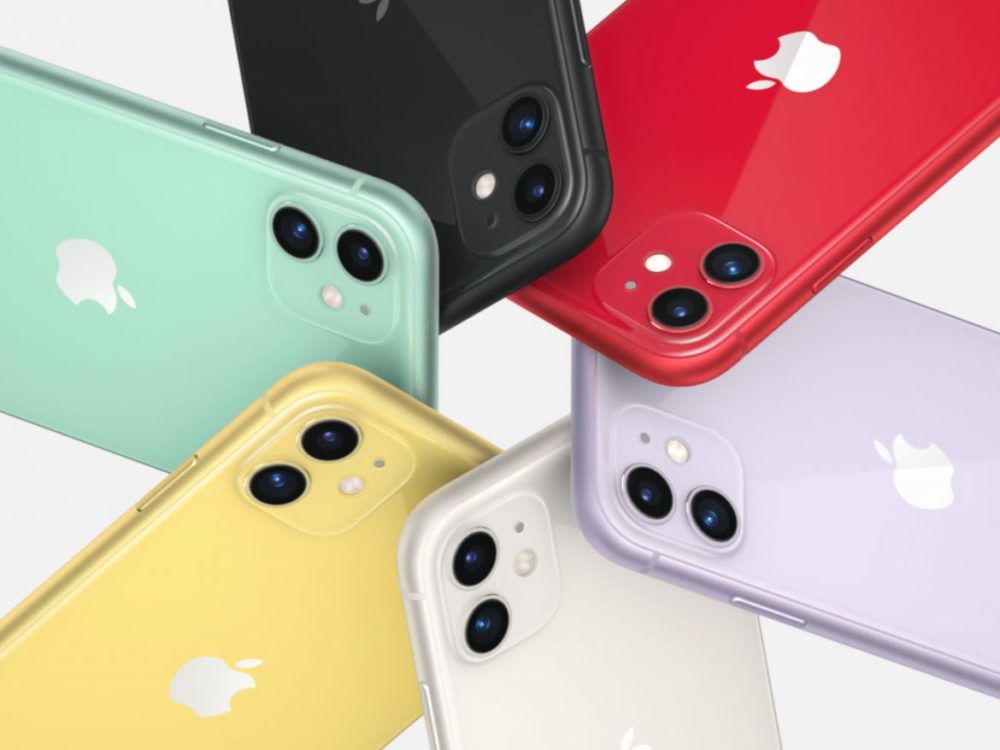
Should I buy the iPhone 11?
The standard iPhone 11 with 128 GB is priced at 9,295 SEK. The 64 GB version may be insufficient for users planning to record 4K video and utilize the Apple Arcade gaming service. For this price, you get a capable phone with a strong camera, a decent screen, and Apple’s iOS ecosystem.
The iPhone remains a premium-priced phone. Technically, alternatives like the OnePlus 7 offer more value for money. However, the OnePlus 7 lacks the camera quality and seamless iOS experience of the iPhone. If you have an iPhone older than two generations, the iPhone 11 is a viable upgrade. However, the phone has shortcomings and some gimmicky functions.
RATING – iPhone 11 (Red) 128GB: 7 (Recommended)

Test: iPhone 11 Pro Max – for the professionals?
Apple’s introduction of a “Pro” model to its iPhone lineup is a significant development. We will examine whether the iPhone 11 Pro models live up to their “Professional” designation.
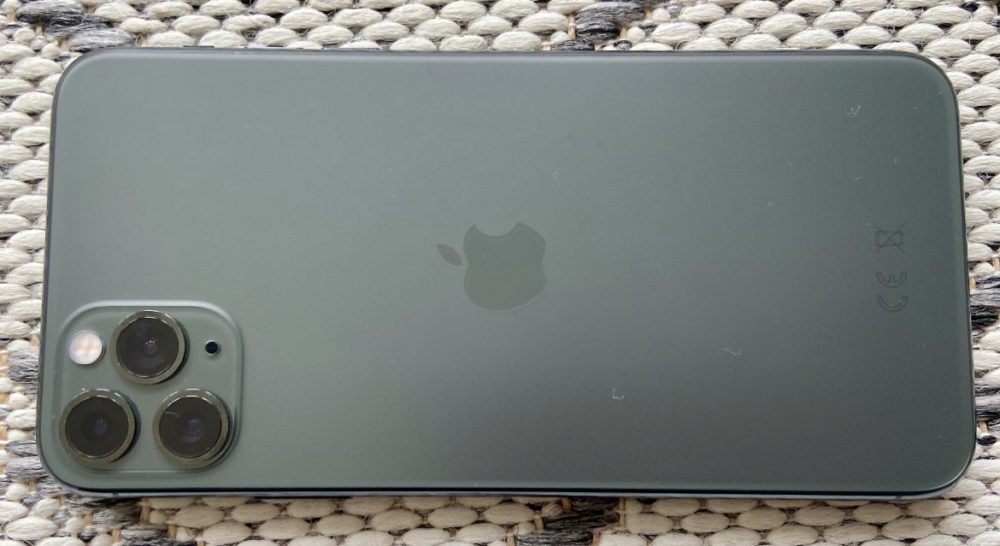
The iPhone 11 Pro is available in 5.8″ and 6.5″ sizes. The larger iPhone 11 Pro Max, weighing 226 grams, is a substantial device. Demand for the Pro Max in midnight green has exceeded supply, resulting in extended waiting times for those who did not pre-order on September 13. Whether this is intentional to generate “hype” or due to an inaccurate assessment of preliminary interest is unclear. However, providing more accurate delivery estimates to customers is essential.
What distinguishes the iPhone 11 Pro (Max) from the regular iPhone 11?
The preceding review of the iPhone 11 generally applies to the Pro and Pro Max models. However, the following key differences should be considered:
- Screen Size and Technology: The Pro Max features a 6.5″ Super Retina XDR display (similar to the company’s 50,000 SEK professional monitor). The resolution of 2688 × 1242 pixels at 458 ppi represents a noticeable improvement over the iPhone 11’s standard screen. The display’s HDR capabilities allow it to reach a brightness of 1000 nits. The regular Pro has 5.8″, which is slightly smaller than the iPhone 11 – but it is also Super Retina XDR at 2436 × 1125 pixels resolution with the same pixel density (in relation to the smaller area) of 458 ppi.
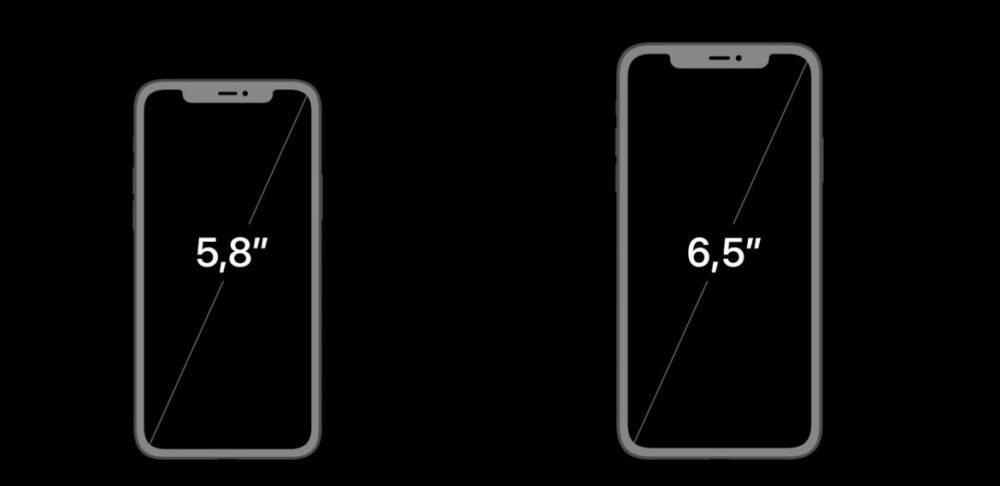
Camera System: The Pro and Pro Max models feature a triple-lens camera system, offering greater creative control. You gain access to three 12 MP cameras, including wide-angle and ultra-wide-angle lenses, making it one of the market’s best mobile cameras. The popular portrait mode allows for manual adjustment of the depth of field.
Video Recording: 4K video recording is supported at 30 and 60 fps. You can film with all three cameras.
